Hi,
The best structure is to start with your answer first, support it with data (3 main insights of your case), precise the next step if needed and repeat your answer.
The key to your recommendation is to be data-driven and client-friendly. This a general consulting thing. I am really not sure there are different recommendations structure depending on the firm you are interviewing with.
The only specific to McK is that they really apply 'the Pyramid Principle' (book written by a McK consultant, B. Minto). The core idea is to 'start with the answer first'. However, most of the firms apply it. Why ? It is client-friendly.
I have seen many people preparing for cases, and explaining me what they have been doing chronologically for the last 30 min.
If I am the CEO of Fortiune 500 company, i meet you in the elevator,I don't wanna lose a minute with you. I don't pay you to know what you have been doing. I pay you to get answers, know they are solid (data-driven), and that i can build my strategy on it. That is what is tested when you're asked to conclude. Will you be able to perform well if you meet a CEO in the elevator or will you fuck up ?
Here is an example :
Regarding the profitability issue we have been working on, the best solution seems so far to target the new segment XXX with new product YYY to boost revenues with a marketing campaign because :
1. We have no levers to reduce costs of current products, revenue is the issue
2. Other segments are not growing, this segments grows 20% a year
3. We have all the capabilities and channels to address it.
I am on my way to check potential logistics issues with the Operations department, but with the available data, our recommendation is to target new segment XXX.
Whatever you're doing, always wonder what is the most-client friendly. Regarding conclusions, it consists in (maybe repharsing the problem/question in 1 sentence and) starting with your answer first, supporting it with data, and repeating your main conclusion.
Cheers,
Florian
(edited)






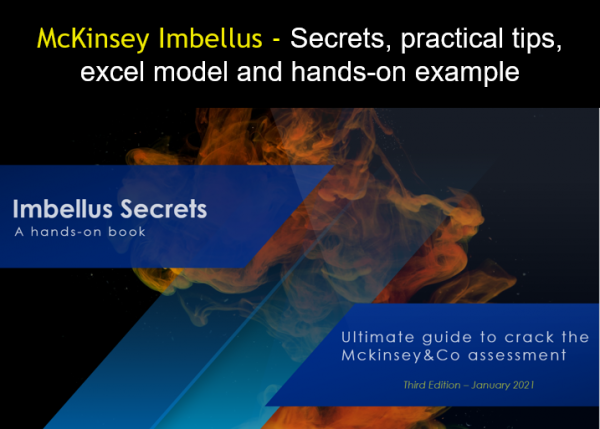
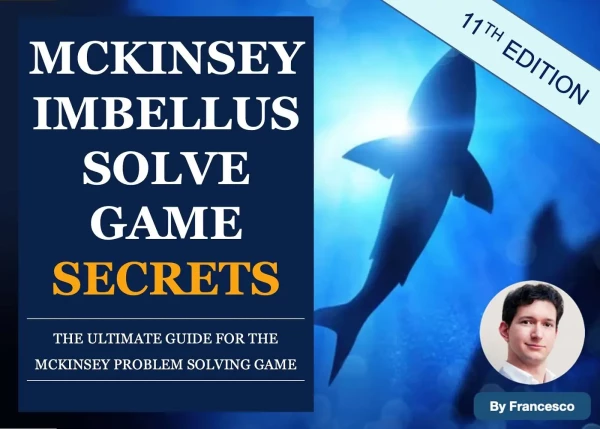

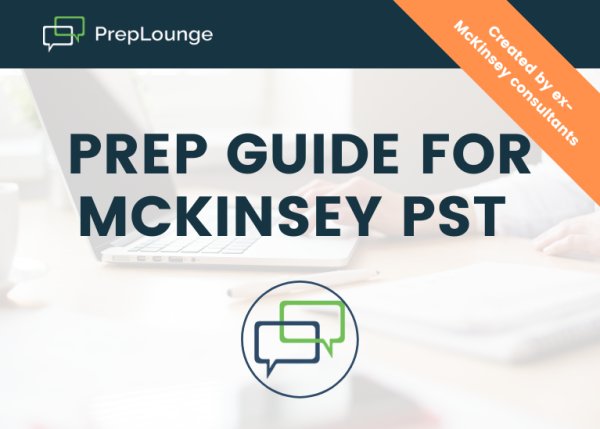
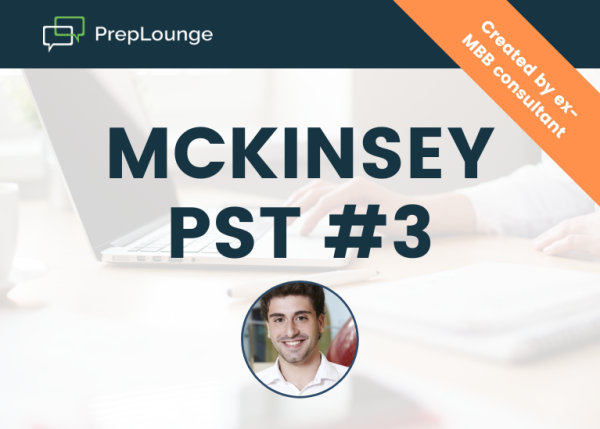
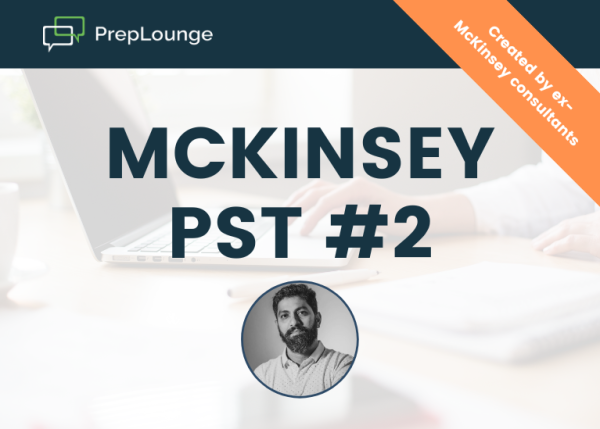
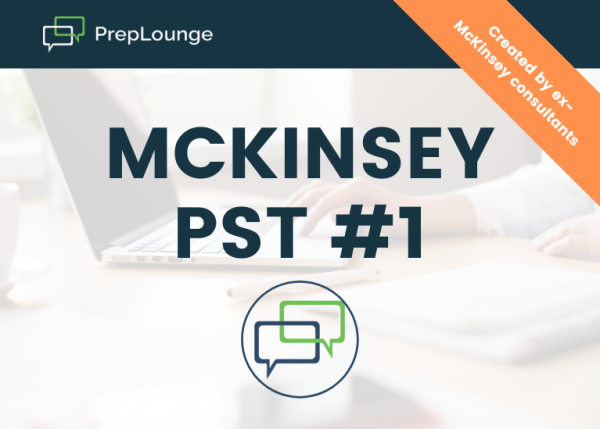
If I follow this structure, often times I'd be given feedback saying "it's too long". Should I still follow conclusion-supporting facts-next steps-risks even though it seems too long, or drop some info?
June - "it's too long" typically refers not to the number of areas you cover but rather how succintly you can cover it. With practice, you can cover 1-3 within 30 seconds and end with, "if it is of interest, I will be happy to discuss next steps specifically around divestitures and capacity planning".